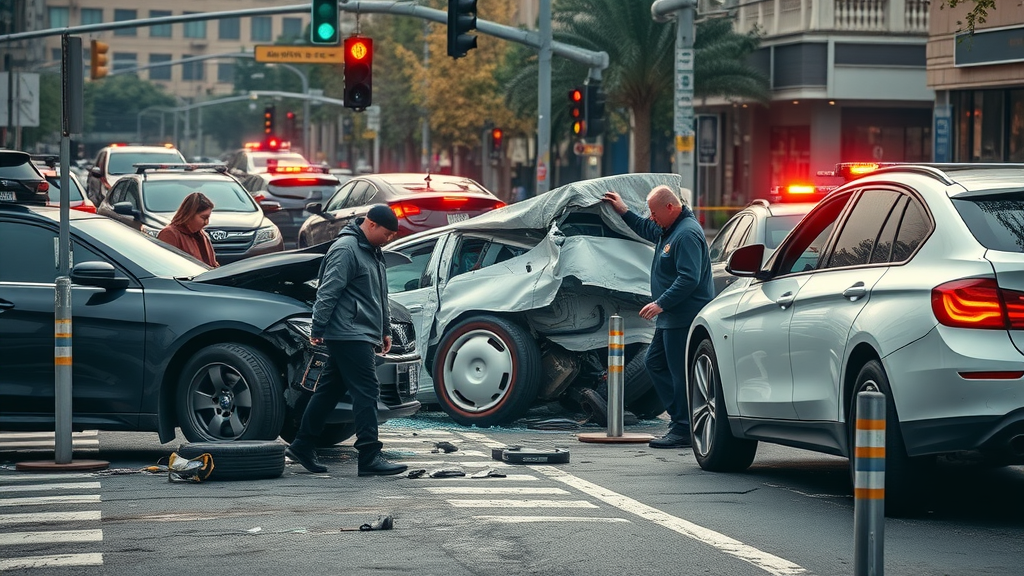
“Every year, over 6 million car accidents occur in the United States, but without car accident reconstruction, the truth behind these events would remain hidden.”
Imagine driving along a bustling urban street when suddenly, disaster strikes—a violent crash at a crowded intersection. This scenario is all too common. Did someone run a red light, or was it a case of poor road conditions leading to disaster? Car accident reconstructionis the hidden science law enforcement and the courts count on to answer these high-stakes questions. This article will pull back the curtain on how expert accident analysis not only reveals the truth but shapes outcomes for everyone involved. Prepare to learn the steps, tools, and cutting-edge technology that turn chaos into clarity—and see real-life examples where car accident reconstruction was the difference between wrongful blame and real justice.
Car Accident Reconstruction: Shedding Light on the Truth
When it comes to untangling the web of what really happened after a crash, car accident reconstructionis the gold standard. Unlike a basic, surface-level police department investigation, reconstruction dives deep—using science, physics, and engineering to uncover hidden facts that determine legal responsibility. At its core, car accident reconstruction involves recreating the events that led to a collision using every available piece of evidence: tire marks, vehicle damage, traffic camera footage, witness interviews, and even data from modern cars’ onboard computers.
The reason police departments and state police rely so heavily on accident reconstruction is clear: eyewitnesses can be mistaken, emotions run high, and the physical scene can change rapidly once emergency services arrive. Reconstruction experts step in to provide an objective, detailed analysis, ensuring that no important detail—like who allegedly ran a red light—is overlooked. Nowhere is this more critical than at complex urban intersections where traffic flow, road design, and human error can all collide with deadly consequences.
Ultimately, car accident reconstruction serves both justice and public safety. In legal cases, the difference between winning and losing often hinges on what the reconstruction reveals. Far more than just scientific guesswork, it’s a proven methodology that police, courts, and insurance companies use to resolve high-stakes claims—especially in contentious, he-said-she-said situations involving accusations like “they ran a red.”
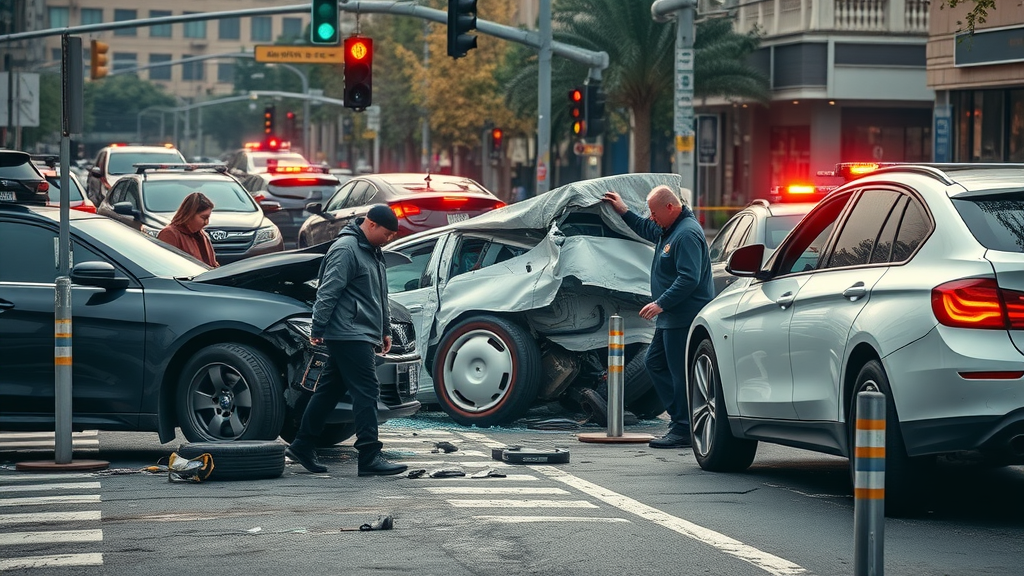
Comparison of Standard Police Investigations vs. Car Accident Reconstruction Outcomes
|
Feature |
Standard Police Investigation |
Car Accident Reconstruction |
|---|---|---|
|
Evidence Collection |
Basic photos, measurements, witness statements |
Comprehensive data analysis, physical modeling, 3D scene mapping |
|
Determining Fault |
Reliance on immediate observations and statements |
Scientific methods, physics calculations, and modeling to confirm causation |
|
Use in Court |
May be considered circumstantial |
Highly persuasive expert testimony, trusted by courts for accuracy |
|
Outcome Impact |
Occasional ambiguity, possible misattributions |
Clear, fact-based attribution of responsibility |
The Role of Police Departments and State Police in Car Accident Reconstruction
Both state police and local police departmentsplay an integral role in ensuring accident scenes are thoroughly investigated. Traditionally, officers at the scene document the basics: vehicle positions, witness statements, and visible damage. However, when the circumstances are complex—such as multi-vehicle collisions, severe injuries, or conflicting accounts—these agencies recognize the limits of a standard investigation.
That’s when dedicated accident reconstruction teams step in, often composed of highly trained officers with advanced knowledge of physics, engineering, and data analysis. Some jurisdictions, operate specialized traffic investigations unitsalongside state police experts. When a crash occurs, these professionals bring in sophisticated equipment and apply rigorous methodologies to uncover the full story behind the crash. The collaboration between police departments and state police ensures that even the smallest detail is brought to light—which can be critical when sorting out whether someone truly ran a red lightor not.
Crucially, this specialized process not only brings clarity to challenging cases but also builds community trust. The public expects fairness, especially in high-profile incidents that may involve a male pedestrian, a medical examiner review, or questions over right-of-way. Reliable car accident reconstruction offers exactly that—the confidence that truth will prevail, regardless of personal accounts or initial impressions.
How Police Departments Use Accident Reconstruction to Solve Crashes
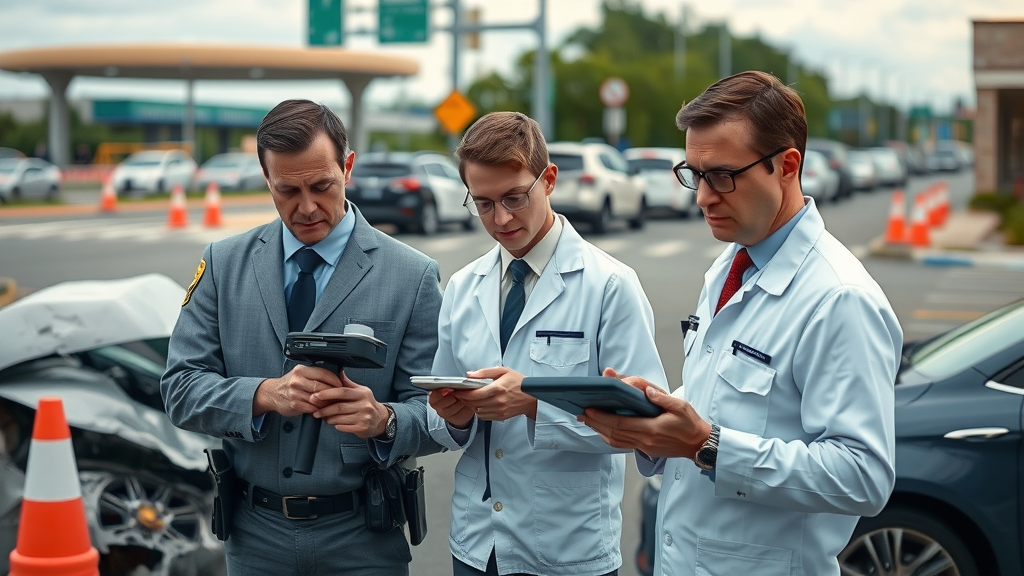
Within the police department, accident reconstructionists are often called upon by the traffic investigations unitwhen an incident involves severe injuries, fatalities, or public safety concerns. These experts employ a variety of tools—ranging from laser measurement systems to drones and 3D scanners—to collect data from the crash site. By meticulously mapping vehicle locations, measuring tire skid marks, and cataloging road debris, they create a scientific foundation for understanding what actually happened.
In cities where traffic incidents are a daily reality, police department teams practice rigorous methodologies that go far beyond a standard press releaseor basic report. These reconstructions can even be crucial in determining whether a tractor trailerwas in the correct lane, or if a subaru foresterwas speeding or yielding improperly.
This level of scrutiny matters most in contested cases, such as when one driver insists another ran a red light. In legal disputes, the detailed, scientific reports and testimony from police department reconstructionists often tip the scales in court—providing the truth needed for just outcomes, and helping save form progress in ongoing investigations.
Why State Police Turn to Experts after Major Accidents
The aftermath of a serious accident is when state policeexpertise becomes indispensable. Major collisions—especially those involving fatalities or multiple vehicles—often require a higher level of scrutiny and specialized knowledge. State police reconstructionists are called upon to untangle the complex physics of high-speed crashes on highways or busy intersections.
What sets state police apart is their access to advanced resources, such as forensic labs, vehicle event data recorders (EDRs), and statewide forensic experts. For example, a state police team may collaborate closely with the fire departmentand traffic stopunits to ensure all evidence is preserved and accurately interpreted, often while managing notification subscriptions for stakeholders and victims’ families.
Their role is not just reactive, but also proactive. By dissecting the causes of catastrophic crashes and identifying trends, state police can recommend changes to save lives in the future, from improved traffic stop protocols to the installation of additional surveillance cameras.
Controversial Intersections: How Reconstruction Reveals What Really Happened
Some intersections develop a reputation for confusion and conflict. These thoroughfares are high-traffic arteries where claims like “they ran a red” are all too frequent, and the resulting disputes can become heated—impacting not just those directly involved but the community at large.
Car accident reconstruction brings order to chaos in these contested locations. Police departments and state police leverage advanced analysis techniques to cut through conflicting witness accounts and inconsistent testimonies, reconstructing the precise moment of the crash. At plain boulevard, even seemingly minor details—such as whether the road was wet, or a pedestrian was present—could determine who bears responsibility.
Over the years, various intersection improvements have been informed by these detailed reconstructions. They don’t just solve arguments about who ran a red light—they often lead to better signage, adjusted traffic light timing, and life-saving safety campaigns. This long-term impact proves car accident reconstruction isn’t just about blame; it’s about making roads safer for future generations.
Solving ‘Ran a Red Light’ Disputes at Busy Intersections
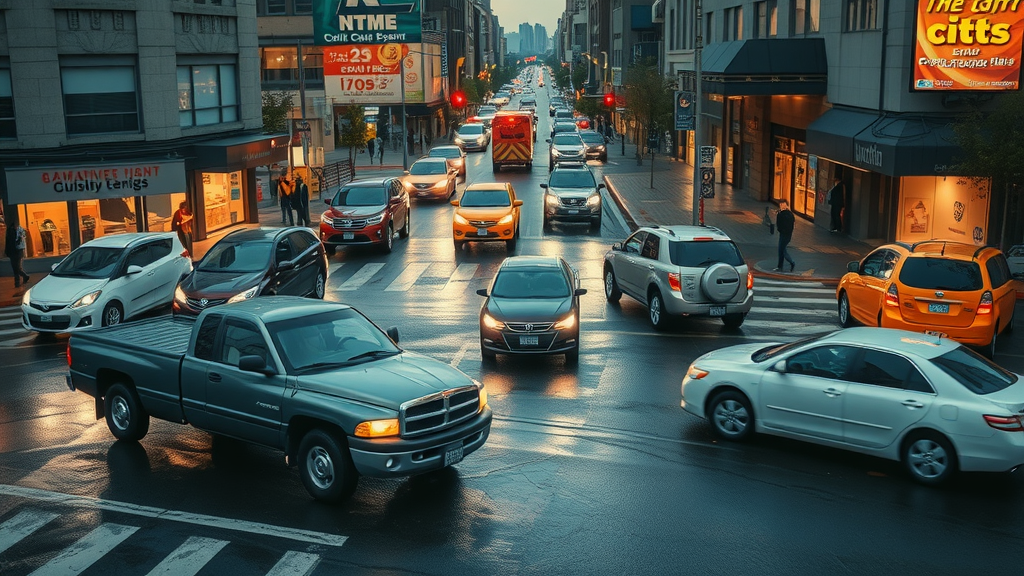
Disputes over who ran a red lightare among the most common—and contentious—issues in car accident cases. At high-volume intersections, it’s not unusual for each driver to insist the other broke the law, even when witnesses or the preliminary investigation seem inconclusive. Car accident reconstructionists rely on hard evidence: skid marks, impact points, surveillance footage, and even real-time traffic signal log data.
Cases involving allegations that a driver ran a redoften require combing through data in painstaking detail. Investigators study the angles of impact, timing sequences from traffic lights, and the specific mechanics of each vehicle’s braking system. Video captured by city cameras or dashcams can be synchronized with the official timeline of the light cycle to determine, definitively, whether someone entered the intersection unlawfully.
In these complex scenarios, the analytical insights of reconstructionists frequently outweigh noisy claims or faulty memories. Their work ensures that cases proceed based on evidence and physics, not just the volume of someone’s protest. That kind of certainty is why courts—and everyday drivers—place so much trust in the process.
Case Study: A Serious Crash Response
Let’s examine a real-world case: a serious crash at a busy intersection involving an adult maledriver and a male pedestrian. Initial reports from witnesses conflicted badly—some said the car was traveling westboundand ran a red light; others insisted the pedestrian darted into the crosswalk unexpectedly. The police department called in their traffic investigations unit, partnering with state police for a full reconstruction.
Investigators began by securing the scene and methodically mapping out every tire mark and vehicle position. Utilizing traffic surveillance feeds from nearby businesses and mounting them to create a synchronicity log with the stoplight cycle, they tracked the vehicles’ movements frame by frame. Forensic analysis showed the sedan’s speed, the exact initiation of the crossing light, and the pedestrian’s location at impact.
The result? The scientific evidence demonstrated that although the vehicle entered the intersection on yellow, it did not run a red light; the pedestrian, distracted by a mobile device, stepped into the lane prematurely. This careful, impartial review spared an innocent driver from being wrongfully cited and let the family of the pedestrian—and the community—trust the findings, even as the medical examiner and local hospital finalized their reports.
“Without thorough accident reconstruction, vital evidence at intersections may be lost forever.”
Key Steps in Car Accident Reconstruction: Tools, Technology, and Testimony
-
Collecting on-scene evidence with police department teams:At every crash site, responders meticulously photograph vehicle angles, road debris, weather conditions, and tire marks. These raw pieces of the puzzle are bagged, tagged, and cataloged to ensure nothing is missed, even as the chaos unfolds.
-
Using state-of-the-art technology for data analysis:Modern accident reconstructionists leverage powerful software to recreate the crash in 3D, simulating each vehicle’s motion and the precise timeline of traffic lights, pedestrian crossings, and road signals. Collisionsare digitally reconstructed, allowing experts to test various scenarios until the facts match the evidence.
-
Interviewing witnesses and assessing ‘ran a red’ claims:Statements from drivers, passengers, and bystanders are carefully compared against the physical record. When someone claims another ran a red light, their story is cross-checked with surveillance, telemetry, and scene evidence.
-
Working with the Vancouver Police and state police for expert reconstructions:Collaboration ensures that no angle is left unexamined. Multiple agencies bring diverse perspectives, share access to training and technology, and build a robust, defendable conclusion for court or public review.
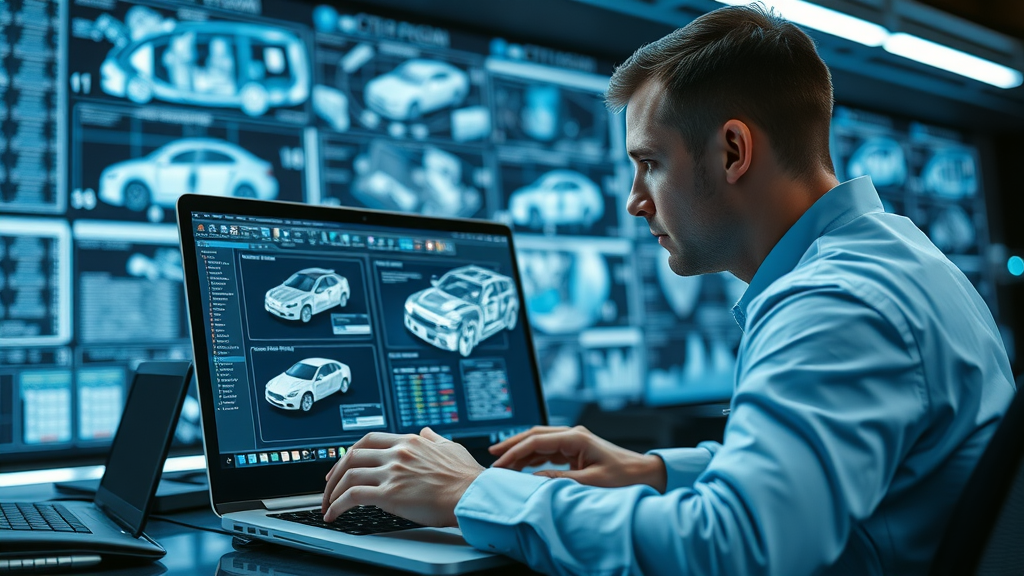
Frequently Overlooked Evidence: Road Conditions and Surveillance
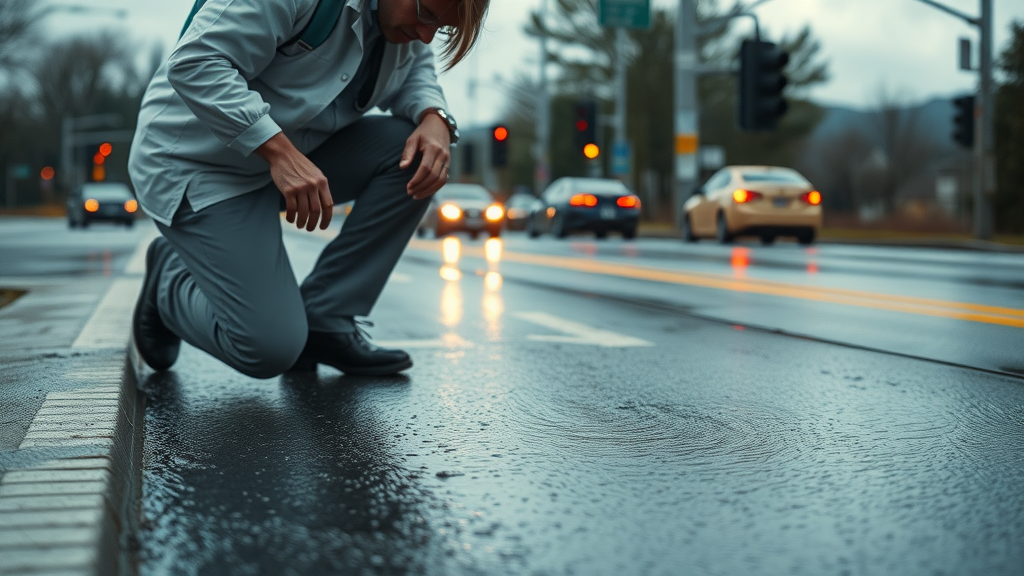
While most people focus on vehicle damage and driver behavior, seasoned car accident reconstructionists know that overlooked factors—road conditions and surveillance—often hold the key to understanding a crash. Wet, oily, or icy roads can cause vehicles to slide unexpectedly, transforming a routine stopinto a disaster even if no one technically ran a red light.
City infrastructure also helps settle disputes: high-resolution cameras mounted at intersectionscapture continuous footage. These surveillance feeds not only show the crash itself but can pinpoint the state of the lights and the behavior of all drivers involved.
Skid marks, fluid leaks, and the depth of tire impressions are subtle clues that tell a trained eye if brakes were applied suddenly, or if a driver attempted to avoid a collision. Even the smallest puddle or patch of gravel can explain why a traffic stopwent awry or a vehicle spun out, making this attention to detail one of the core factors in the success of modern accident reconstruction.
Answers to Common Car Accident Reconstruction Questions
How does car accident reconstruction determine who ran a red light?
Reconstruction specialists use a combination of traffic signal history, skid mark trajectory, and digital surveillance footage to time every move each vehicle made. By syncing vehicle data to the known timing of the traffic lights at intersections, they can establish whether a car entered before or after the light turned red. Physics calculations, combined with 3D reconstructions, make it possible to confirm or refute claims about running a red with scientific precision.
Why do the police department and state police call in reconstruction specialists?
Police departments and state police rely on reconstructionists when accidents are severe, involve fatalities, or when initial reports conflict. Specialists offer objective, evidence-based analysis, eliminating guesswork and reducing the risk of mistaken blame. They are invaluable for contested cases or when investigating dangerous intersections, bringing clarity and expertise to the investigation.
What happens when reconstructions and witness claims differ?
When the scientific reconstruction contradicts eyewitness statements, courts and police typically side with the data. Video evidence, crash modeling, and physical proof are considered more reliable than memory—especially in high-stress events. In these cases, reconstruction testimony can shift the entire outcome, ensuring fair and accurate resolutions even when people’s recollections don’t line up.
Reconstructing Accidents for Justice: An Opinion on Their Impact
As someone who has witnessed the immense power of science over speculation, I believe car accident reconstruction is an indispensable tool for justice. Too often, critical cases hinge on murky details and fragmented witness accounts. By applying rigorous methods and advanced technology, both police departmentsand state policecan offer undeniable clarity where chaos once prevailed. The ability of modern reconstruction to illuminate the truth is a public good—supporting not just the prosecution of offenders, but also the defense of the wrongly accused.
The societal impact of this work goes far beyond individual accidents. With every thorough reconstruction, we learn how to build better roads, calibrate safer signal patterns, and educate communities about risks at certain intersections. Ongoing analysis encourages transparency in every traffic investigation, leading to trust in local government and law enforcement. It is this search for “clarity, precision, and truth” that motivates each reconstruction expert—and why their work deserves the highest respect.
Summary of Key Benefits of Car Accident Reconstruction
-
Unmatched accuracy for determining fault
-
Stronger legal outcomes for victims and authorities
-
Enhanced transparency for public safety at key accident-prone areas
-
Critical support for police departments and state police investigations
“Clarity, precision, and truth—these are the real outcomes of professional car accident reconstruction.”
Explore More: Empower Yourself with Car Accident Reconstruction Knowledge
Take control of your safety and understanding—don’t let uncertainty decide your fate after a collision. Learn to recognize the science and facts behind every crash, follow the work of your local police departmentand state police, and demand thorough, fair investigations in your community. Because real justice is possible when truth is on your side.
If you or someone you know is involved in a crash, insist on a full car accident reconstruction. Contact a car accident attorney, and let the facts drive justice—not rumors or assumptions.






